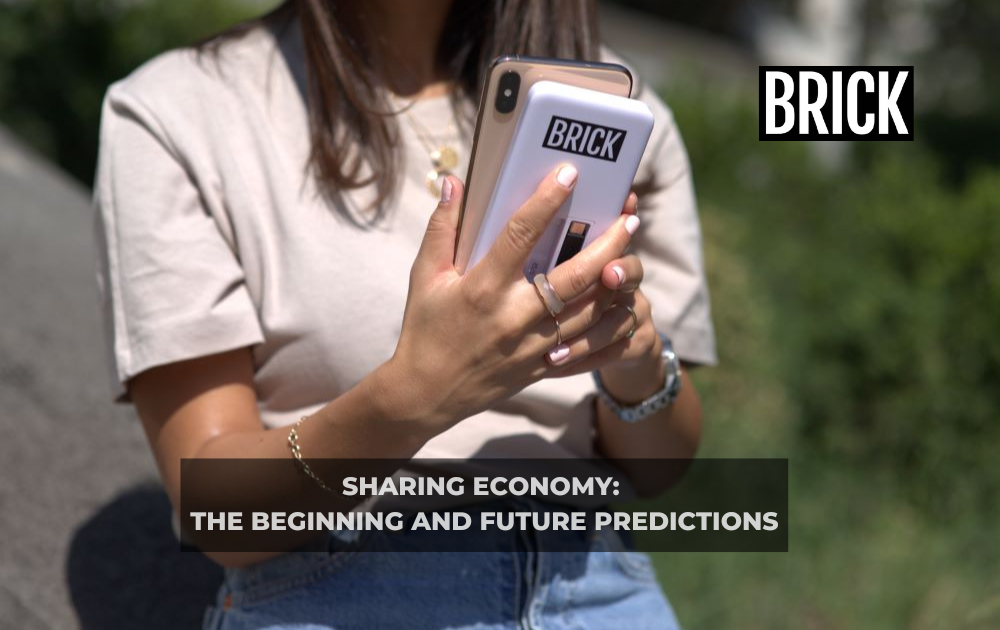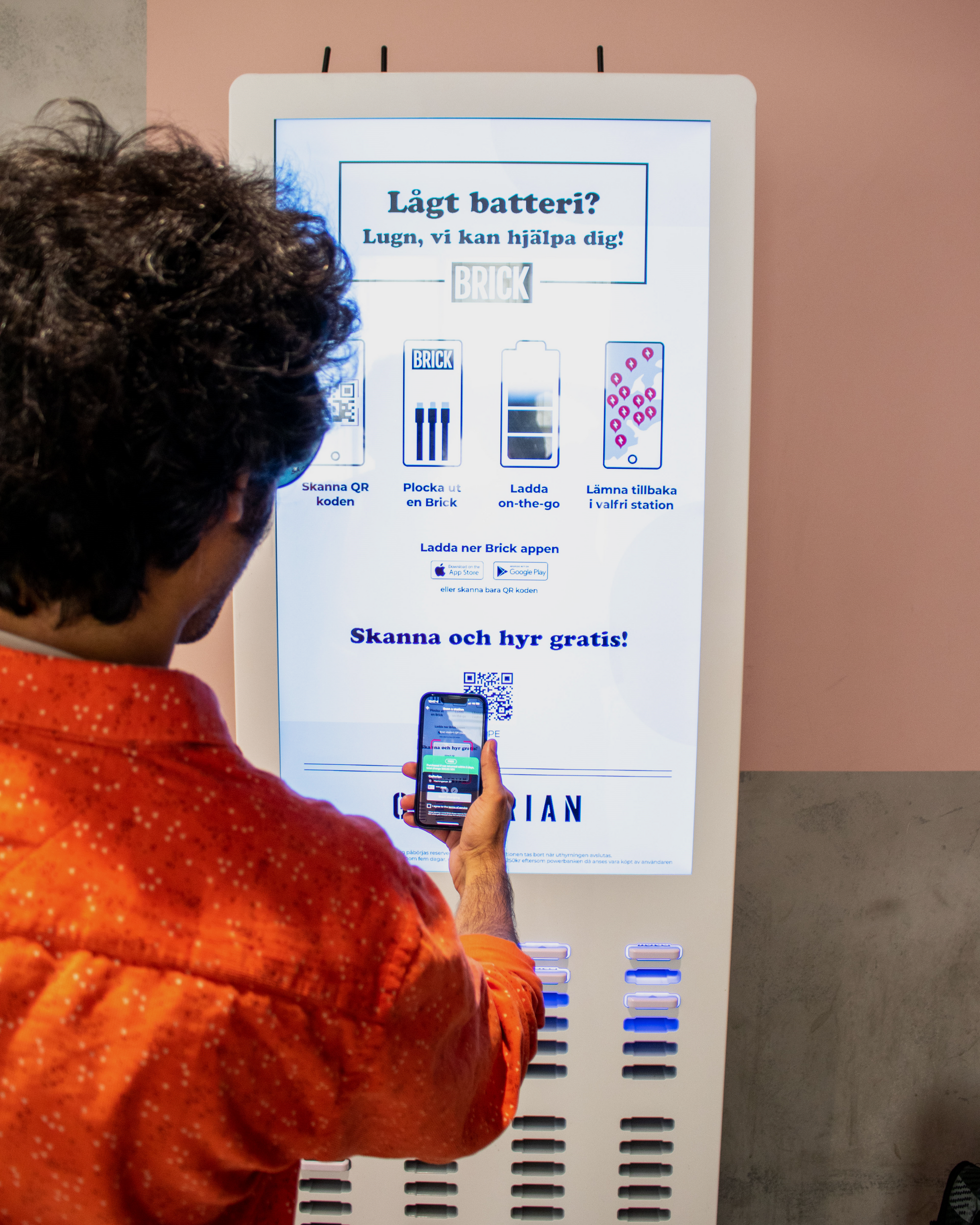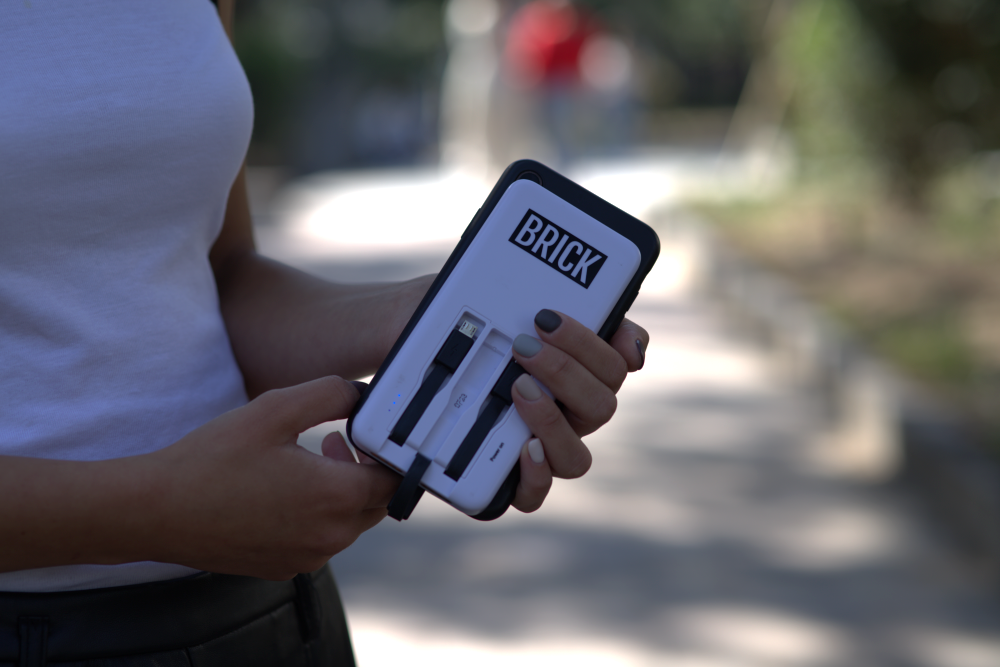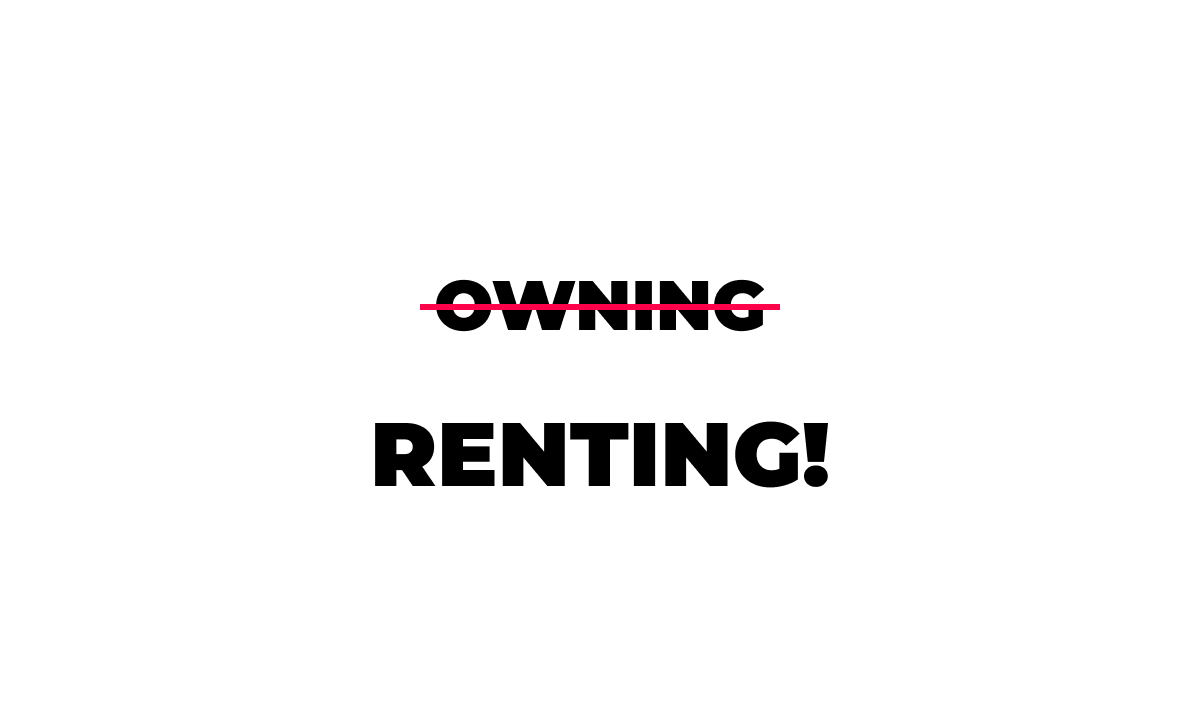Sharing Economy: The beginning future predictions
The sharing economy is a trend that started in the mid-1990s but took off after the great recession. It’s a way for both individuals and companies to share products and services. Which has led to the development of many new and exciting opportunities.

Summary
The sharing economy is a trend that started in the mid-1990s but took off after the great recession. It’s a way for both individuals and companies to share products and services. Which has led to the development of many new and exciting opportunities.
Essentially, the sharing economy is all about sharing resources with others that need them as well. This has created a whole new way of exchanging goods and services and has become a significant part of the economy.
The best part is, the sharing economy is only getting bigger and better! Over the years, many new services and platforms have emerged. Making it even easier to share resources with others. We can expect to see more exciting developments in the future, as more individuals and companies jump on board.
What is Sharing Economy?
The definition and examples of sharing economy
Sharing economy is an innovative concept that lets you rent out products and services instead of buying them. Companies like Airbnb and Uber are great examples of this.
With Airbnb, you can rent out your apartment or home to other people using the handy app. And with Uber, you can become a chauffeur and earn extra money.
We at Brick offer a powerbank charging solution and we also believe in sharing. We are a part of the sharing economy because we let customers rent and share powerbanks, rather than owning them. This enables customers to rent and return when needed. Customers can rent a powerbank with the brick app and also find all of our charging stations in the app. All you have to do is scan a QR code on the charging station, and a powerbank will pop out for you to use!

The great recession - how it all started
Sharing economy has been around since 1995. That’s when eBay started offering an online marketplace for buyers and sellers. But it wasn’t until after the 2008 recession that the term “sharing economy” took off.
During the recession, many individuals were looking for ways to earn an extra income alongside their full-time jobs. There are even companies that emerged after the great recession in 2008, like Uber, Venmo, Groupon, and Nerdwallet. These companies offered new ways for individuals to share their skills, resources, and services with others.
The sharing economy was hit hard by the COVID-19 pandemic in 2020. Many companies that relied on sharing saw a sharp drop in demand.

Where are we now in 2023?
Despite the pandemic, the sharing economy is still growing. More and more people are using this model to rent, sell and share goods with others. There are currently over 9800 sharing economy companies around the world, including finance, business, technology and real estate.
In the US alone, the sharing economy is expected to employ around 57 million people this year, and the total value of the industry is estimated to reach 455.2 billion USD. Younger generations are particularly drawn to sharing economy platforms, making up a significant portion of the user base.
Statistics and future predictions of sharing economy
Sharing Economy Reports
The sharing economy worldwide was valued at 113 billion U.S. dollars in 2021, and it is expected to grow to 600 billion U.S. dollars by 2027 with a compound growth of 32 percent.
According to Statista, the number of individuals using popular sharing economy services in the states has increased over the years. In 2016, 44.8 million people in the United States used sharing economy services. In 2021, the number increased to 86.5 million.
Regarding the revenue split by key regions in the sharing economy, Europe was predicted to account for 19.2 percent of the total revenue in the sharing economy. In Europe, the revenue split was valued at 40.2 billion U.S. dollars in 2022.
Statista also ranked the most economy-friendly cities in the world in 2022 based on various factors. Including the availability of gym sharing, ultrafast delivery apps, flat-sharing services, e-scooters, carsharing apps, and ride-hailing services. Tallinn, Tbilisi, São Paulo, and Buenos Aires topped the list, followed by Warsaw, Kyiv, and Mexico City.
Trends regarding sharing economy
Common and current trends
Sharing economy trends are changing the way we live and interact with goods and services. Here are some of the latest trends in the global sharing economy:
Co-living - Co-living is becoming more popular as people look for sustainable ways of living. The sharing economy model is being applied to the housing industry, and co-living properties are popping up everywhere. Some facilities allow individuals to share tools and appliances, making living with others more convenient and enjoyable.
Social Media - Social media has changed the way people make decisions when they’re out and about. Whether it’s choosing a restaurant based on online rating or using Airbnb, to book an accommodation when planning a trip. People often rely on the experience of others to make informed decisions.
This trend has been a driving force behind the sharing economy, since platforms operate through social media and rely heavily on user feedback and ratings. As a result, social media has become an integral part of the sharing economy, and has enabled people to make better decisions about the products and services they use.
Artificial Intelligence - Sharing economy platform providers are utilizing AI to enhance the customer experience. In 2020, GlobalDatas emerging technology trend survey, revealed that around 50 percent of executives believe that AI will have a crucial part in refining the efficiency of their business operations within the next three years.
This indicates that AI is becoming an increasingly important tool in the sharing economy. As companies seek to provide better services to their customers while also streamlining their operations. With the help of AI, sharing economy platforms can better understand customer needs and preferences, leading to a better personalized and satisfying experience for customers.
Simplified borrowing and sharing - Borrowing and sharing items has become easier than ever before. Car rental companies allow you to borrow and share cars with others, and there are now countless apps that implement sharing economy solutions for various goods and services.
Renting new clothes and accessories - Renting clothes and accessories is the latest trend in the sharing economy. Second-hand clothing has been around for a while, but now, physical and digital companies offer rental services for brand-new clothes and accessories. This is an excellent option for those who want to implement a more circular lifestyle or need something for a one-time occasion.

Macrotrends that contribute to the sharing economy
The sharing economy has become a cultural shift that’s especially prevalent in younger generations. In this response, we will explore the macrotrends that have contributed to the rise of the sharing economy.
The cultural shift for younger generations - Millennials and Generation Z prioritize access over ownership. Memberships that offer monthly access to movies and music, along with sharing platforms like Netflix and Spotify, have become more appealing to them. This has led to increased investments and resources being put into sharing platforms, creating a common feeling of access to resources without having to purchase them.
Digital transformation - Digital transformation has also played a significant role in the sharing economy. Digitalization has been the biggest driving force behind the sharing economy, making online sharing more accessible and reliable. Peer-to-peer reviewing and microtransactions have positively impacted online sharing, increasing credibility and facilitating its implementation.
Environmental consciousness - Sharing and renting goods can have a positive impact on the environment by reducing the need to own goods. Instead, people can rent or share items with others, allowing items to be used to their full potential.
This approach helps to reduce the overall environmental impact of goods, which usually has a bad impact on the environment through emissions. By sharing and renting, people can contribute to a more sustainable future and minimize their carbon footprint.
Cost-cutting - The sharing economy is a great way to save money for both people and companies. It has brought attention to the issue of excess capacity in many businesses and has helped them use their resources more efficiently.
For people, the sharing economy offers a way to reduce costs by utilizing products and goods that are not being used to their full potential. By renting, selling or sharing these items with others, people can make some extra money while also helping others save money on items they may not need to own themselves.
How Brick & powerbanks goes hand-in-hand with Sharing Economy
Brick and powerbanks within sharing economy
We at Brick are proud to be a part of the sharing economy by offering a power-bank sharing service for our users. Our platform allows people to rent and share power banks on-the-go, giving them the freedom to charge their devices wherever they are, for example in bars and shopping malls.
Our powerbank-sharing service is an excellent example of the sharing economy in action! By allowing multiple people to rent and share the same powerbank, we’re contributing to a more sustainable future and reducing waste.
Sharing resources like powerbanks is a smart way to maximize their usefulness, and it’s just one of the many ways we can all participate in the sharing economy. With our app, people can easily locate charging stations, scan the QR code, and rent a powerbank on the spot. Once they’re finished, they can simply return the powerbank at any station.
If you want to learn more about how our power bank-sharing service works, check out our articles or reach out to us through our website.

Deeper insight in a powerbank-sharing company
At Brick, we strive to be the go-to powerbank-sharing service for people who need to charge their phones while out and about. Our goal is to build a strong community of both partners and users. Allowing partners to franchise globally and set their pricing based on their market.
We take pride in offering a unique powerbank-sharing service that sets us apart from other companies. Read more about the 5 ways Brick is different from other companies, and how we continue to shape the sharing economy.
Not only is our powerbank-sharing service a convenient way for individuals to rent a powerbank. But it also presents a passive income opportunity for partners. Interested in learning more about our partnerships and the difference between them? Please visit our website for more information. Join us at Brick and help us power the world one charge at a time!

Conclusion
The sharing economy has revolutionized the way we consume goods and services, offering an innovative solution for those who want to rent instead of buy. From powerbanks to clothes and accessories, the sharing economy provides a temporary solution for unpredictable events. In short, the sharing economy has simplified everyday life for individuals.
According to statistics, the usage of sharing economy services has almost doubled in the last five years. The industry is expected to be worth 600 billion U.S. dollars by 2027, an upgrade from 113 billion U.S. dollars in 2021. This suggests that the sharing economy will continue to expand at an groundbreaking level over the next six years.
Macro trends like digitalization and the growth of smartphones and applications have played an important role. It has helped with benefiting and supporting the sharing economy phenomenon. With the rise of digitalization, sharing economy companies have been able to implement their services more easily, contributing to the ongoing increase of the sharing economy.
Interested in implementing the powerbank-sharing phenomenon in your local market? Start by reading more about Brick!




